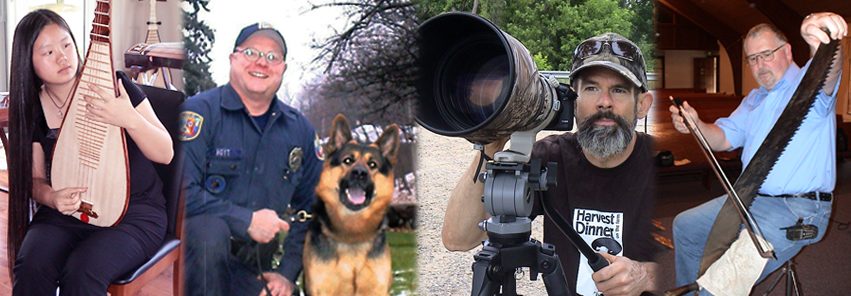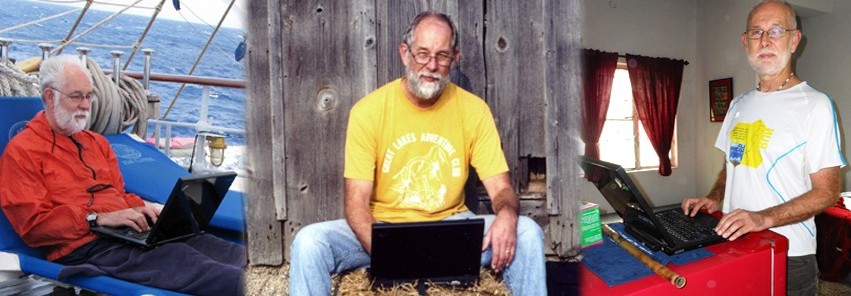An autobiographical article
by Robert M. Weir
Creativity comes in many forms,” says Robert Weir. “Sometimes it’s pure inspiration, the stuff of dreams and realizations. Sometimes it’s technical, leading to innovation and productivity. And sometimes, it’s juxtapositional, with solutions in one arena applied to problems in another.”
Weir sees value in all of these.
“I love waking up in the morning, aware that a dream is morphing into a story,” he says. “When this occurs, I lie wrapped in my blankets for extra minutes, savoring sounds and sensations that contributed to the inspiration. I formulate the first few paragraphs in that cozy cocoon before getting up to turn on my computer.”
Most of Weir’s articles are about people, and he finds that percolation helps with these too. “I like to interview well before the submission date then review my notes during an afternoon. Sometime that evening or the next morning, opening lines begin to emerge. When I tame them into a cohesive order, I put my fingers on the keyboard and go to work,” he states.
While inspirational and technical creativity are fun and beneficial, Weir finds charm in juxtapositional creativity, which, he claims, requires observation and objectivity. “When we apply solutions from one arena in a realm where they’ve not been tried before, we cross-pollinate successes and breed new insights of capability and cooperation. Juxtapositional creativity raises awareness that any person’s idea, no matter how humble or seemingly small, might bring solutions to significant problems. That helps us look upon all people, whether members of our family, our community, our nation, or the world, as fellow travelers and participants in the human adventure on Planet Earth.”
Weir believes everyone brings something of value to life’s party. “We are all equitable contributors, and we are all novices and masters in some capacity or to some degree,” he affirms. “We get into trouble when we fail to recognize the beauty of human diversity and claim our ideals or methods as infallible and unalterable.”
He elaborates with an example on perspective. “I have an item, the size of a credit card, that has two purposes, two faces, if you will. Sometimes, during my talks, I walk down a center aisle, holding this item so people on one side of the room can see one face while people on the other side see the other face. Then I ask what the item is. One group says it’s a calculator, and the other group says it’s a mirror. And everyone is right. It’s both, depending on what side you see.”
He offers another example. “The same is true with fences. One neighbor might paint one side white, and the other neighbor might paint the other side black. So, which color is it? It’s both, but the answer that some people would swear by resides in the single side from which they choose to view the fence.”
Weir suggests, “For an alternative perspective, let’s take the fence down or, at least, put in a wide gate and have a big yard party. Let’s invite everyone, knowing that each brings the gift of individuality. Let’s recognize that we all have ideas we haven’t thought of yet. Let’s see what type of creativity we can conjure together.”

Greece: Sailing cadets from Indonesia and Russia at a party during the Historical Seas Tall Ships Regatta from Greece to Bulgaria.

India: A laundry dhobi and his family in their shop in a slum in Kolkata

Spain: A saxophone player on the streets of Barcelona.

Barbados: A beach vendor, sporting a diamond-studded gold tooth on the beach in Holetown.

Philippines: A balloon vendor in Manila.

USA: Partyers at the New Year’s Eve celebration at Times Square, New York City.

Bulgaria: St. Georgi Guards at the Capitol in Sophia.

India: A Tibetan baby and elder in the Himalayas.

Russia: Townsfolk at the 300th anniversary of Pushkin.












